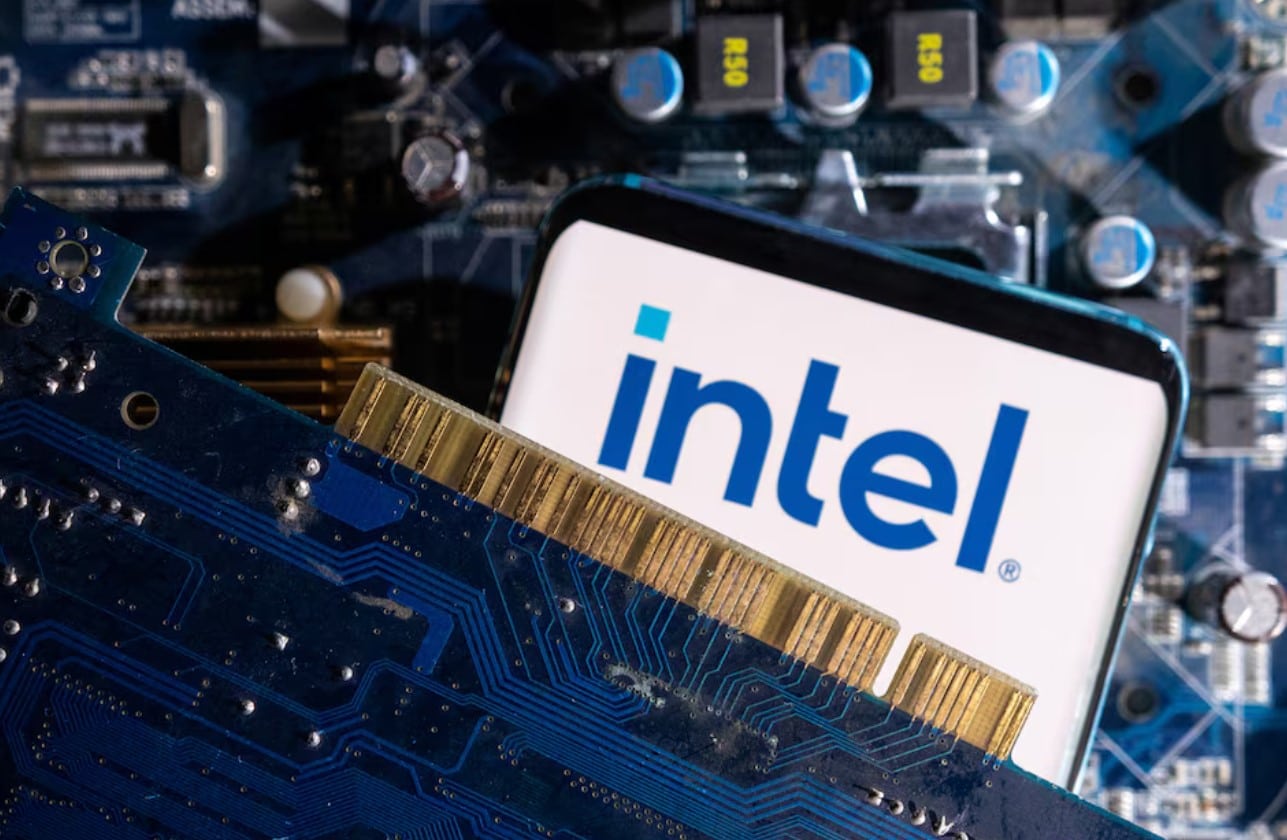Intel Embarks on Monumental Expansion with Federal Support
In an ambitious move to reclaim its position as a semiconductor industry leader, Intel (INTC.O) is embarking on a $100 billion spending spree to build and enhance factories across four US states. This massive investment comes on the heels of securing a substantial $19.5 billion in federal grants and loans, with the tech giant setting its sights on an additional $25 billion in tax breaks.
The plan’s focal point is the transformation of vast tracts of land near Columbus, Ohio, into what Intel’s CEO Pat Gelsinger has touted as “the largest AI chip manufacturing site in the world,” with operations expected to commence by 2027. The announcement of federal funds through the CHIPS Act has already had a positive impact on Intel’s market performance, with shares climbing 4% in premarket trading.
Intel’s strategy extends beyond Ohio, with plans to revitalize facilities in New Mexico and Oregon, and to scale up its presence in Arizona. This expansion is set against the backdrop of increased competition, notably from Taiwan Semiconductor Manufacturing Co (2330.TW), which is also constructing a significant factory in Arizona with hopes of benefiting from President Joe Biden’s initiative to revitalize advanced semiconductor manufacturing in the US.
The financial support from the Biden administration is seen as a lifeline for Intel, which aims to recover from a period of waning dominance in semiconductor production. After losing its manufacturing edge to competitors like TSMC in the 2010s and witnessing a drop in profit margins, Intel is poised to rebuild its business model with government assistance now secured.
Gelsinger has outlined that approximately 30% of the investment will cover construction expenses, while the remainder will be allocated for procuring chipmaking tools from leading firms such as ASML (ASML.AS), Tokyo Electron (8035.T), Applied Materials (AMAT.O), and KLA (KLAC.O). These tools are crucial for bringing the Ohio site into operation by 2027 or 2028, although Gelsinger cautions that this timeline could be subject to change depending on market conditions.
Despite the current influx of federal support, Gelsinger acknowledges that sustained funding will be necessary to restore the US to its former glory in semiconductor manufacturing. Analysts and industry experts concur that while federal backing is essential, Intel must demonstrate its ability to compete with Asian rivals promptly. Nonetheless, Intel’s comprehensive US-centric workforce, technology, and supply chain position it as a pivotal player for US interests in the semiconductor arena.





